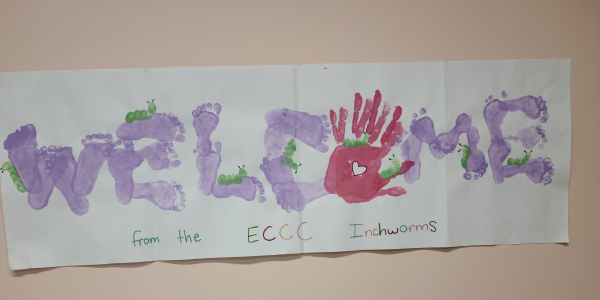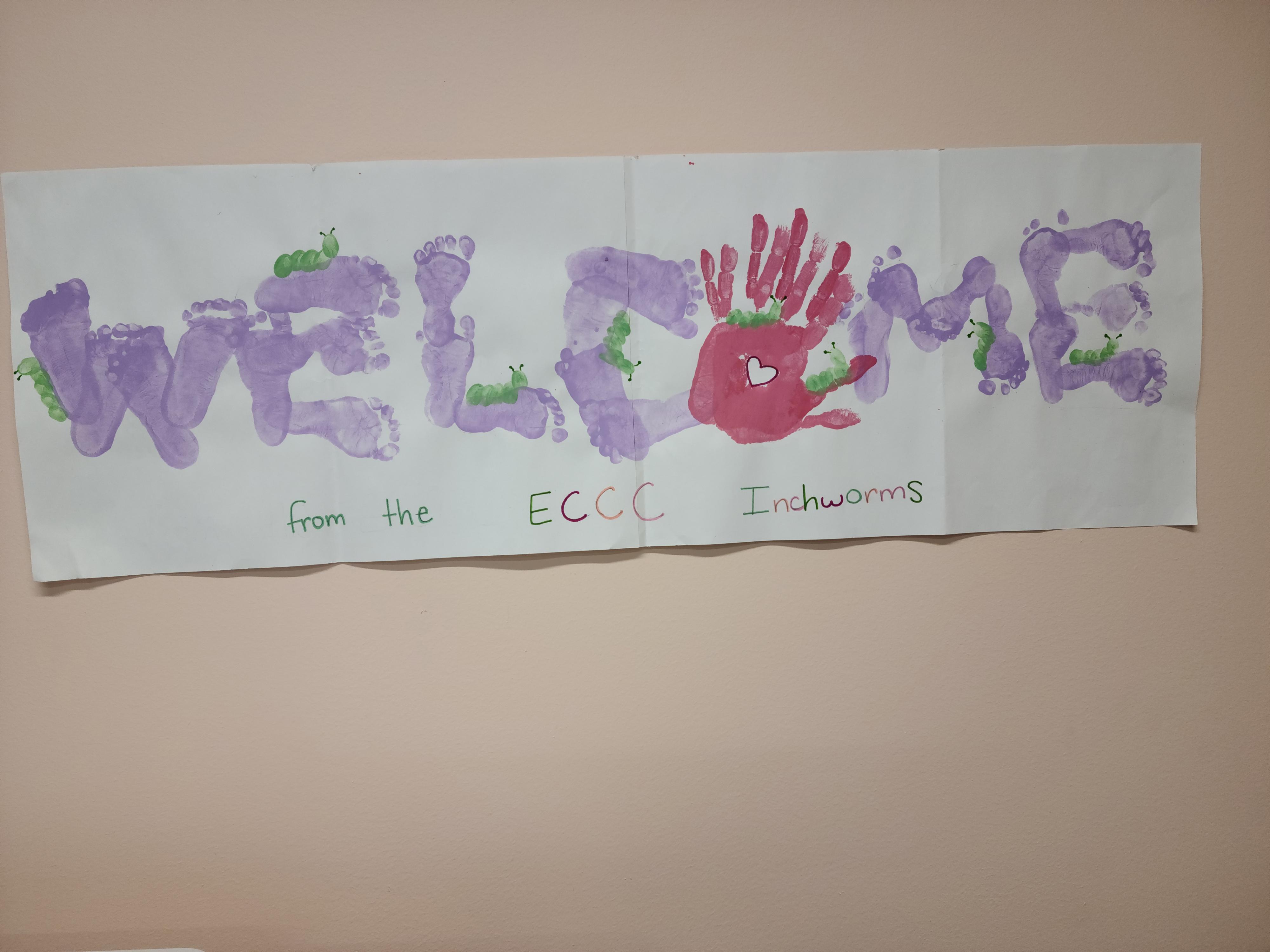Advances in Understanding Child Development and Learning Through a Lens of Equity

You are here
What do you know about child development and learning? How did you learn it, and who did you learn it from?
Observing and interacting with young children taught me a lot about their growth and learning. I also learned a great deal from reading and college classes, but it was not until I was deep into graduate work that I began to reflect on the lack of diversity among the thought leaders I had studied or the populations of children they studied and wrote about.
NAEYC’s position statement on developmentally appropriate practice underscores this gap. Understanding theory and research is fundamental to the work of an early childhood professional. There are always new ideas and people to learn from, and they make us question what we thought we knew. The position statement notes, “Increasingly, theories once assumed to be universal in developmental sciences . . . are now recognized to vary by culture and experience.” It also states, “Although research finds that culture and context matter, relatively little research has been conducted with children from non-White and non-middle-class backgrounds. There is also a need for additional research led by those who reflect the diversity of children and families and their lived experiences.” Based on such insights, we are called to shift from deficit-based perspectives and practices to strengths-based ones.
This issue of Young Children highlights key child development concepts, such as agency and funds of knowledge. Agency involves children and teachers being able to make choices and to have an impact on their own learning environments and activities. Children’s and families’ funds of knowledge are the cultural assets stemming from their everyday routines and practices, which can be drawn on in teaching and learning. The articles emphasize the need to deepen our knowledge of child development and learning through a lens of equity so that every child attains their full potential.
The first two cluster articles reflect on ideas about control and compliance in relation to learning. In “Can I Help You? Supporting Equity, Learning, and Development by Allowing Children to Help Out,” Molly E. McManus and Kiyomi Sánchez-Suzuki Colegrove explore research on Latino/a children from immigrant families and how, when provided time and space to do so, children demonstrate their capabilities related to helping others.
“Shifting from a Classroom of Reluctant Compliance to a Classroom of Responsive Curiosity,” by Elias Blinkoff, Charlotte Anne Wright, and colleagues, examines the trend toward “schoolification” and compliance, both of which yield a narrow, academically driven curriculum. The authors contrast this with a playful learning framework, which aims to nurture child and teacher agency and depends on a perspective shift by different stakeholders.
Kate I. McCormick, Christine Uliassi, Krystal Barber, and Kim Wieczorek probe the concept of multimodal learning in “Creating Multimodal Experiences to Engage All Students in Early Elementary Classrooms.” They explain what multimodality looks and sounds like in early learning settings and how it benefits culturally and linguistically diverse learners.
Emerging research also considers how we respond to children’s social and emotional development—even when we feel uncomfortable or unsure of what children are telling us. Erin Elizabeth Flynn, Selena L. Hoy, Dalia Avello-Vega, and Keyonia Williams write about “Using Story Circles, Art, and Play to Support Children’s Responses to Stress and Trauma.” They explain how teachers can help children make sense of stressful or traumatic experiences by offering the time and space to share through story, art, and play.
The final two cluster articles explore assumptions about children’s development and learning. In “Family/Community Contexts and the Problem of Half-Truths in Early Childhood Education: Learning from Barbara Bowman,” Patricia (“Patsy”) M. Cooper examines the thinking and work of the influential Bowman. This examination highlights teachers’ beliefs and practices that, while commonplace, negatively affect children, particularly Black and Brown children and children from low-income communities, thus revealing a major disconnect between child development theory and practice.
“Going Back to Move Forward: Applying a Lens of Sankofa to the Study of Child Development and Learning,” by Toni Denese Sturdivant, wraps up the cluster with an invitation. The ancient wisdom of too many cultural groups is missing from the study of child development. The author offers a tool for teacher educators and their students to consider the knowledge that was lost due to colonialism and colonization and encourages them to “go back and fetch” in order to move forward.
The work of early childhood educators is deeply complex. I hope this issue of Young Children provides you with new insights, moments of pause and reflection, and practical strategies to support the development and learning of every child in your setting.
—Annie Moses
As you read the articles in this issue, consider:
- Does your learning setting encourage children to help peers and teachers independently? How could you introduce this type of agency into your setting or class?
- What is one thing you could change in your practice to foster a more playful, curious learning environment?
- Are you incorporating multimodal learning experiences into your class planning? How could you increase these opportunities for children?

Tiny footprints create a welcome sign for NAEYC CEO Michelle Kang’s recent visit to Elizabethtown Child Care Center in Elizabethtown, Pennsylvania. Teachers in the infants and toddlers classroom created the artwork through a sensory activity involving paint and children’s feet.
Is your classroom full of children’s artwork? To feature it in Young Children, see our website for details or email [email protected] for details.
 We’d love to hear from you!
We’d love to hear from you!
Send your thoughts on this issue, and on topics you’d like to read about in future issues of Young Children, to [email protected].
Copyright © 2023 by the National Association for the Education of Young Children. See Permissions and Reprints online at NAEYC.org/resources/permissions.
Annie Moses, PhD, is director of periodicals at NAEYC and serves as editor in chief of Young Children and Teaching Young Children.
